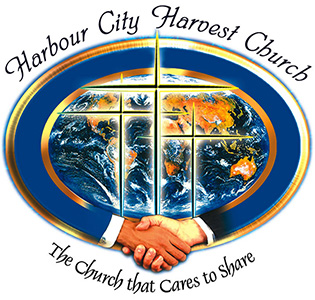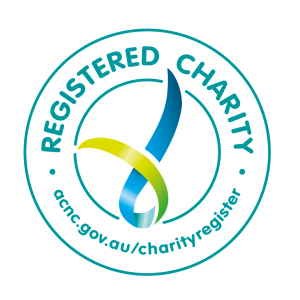We cost our recipes to ascertain an accurate measure of the cost of what goes into making a plate of food, bowl of salad or cup of beverage.
With the data, we can then be better informed about how much room (if any) we have to charge and sufficiently cover all costs and hopefully gain a margin.
Moreover, we can also manipulate and tweak certain inputs (ingredients in this case) and maybe replace some with less costly alternatives without compromising too much on quality, in order to break-even or increase the margin. We may also decide to instead increase sales by upping the ante on marketing and advertising to cover the fixed cost elements (better utilised overheads: leased appliances, kitchens, storage).
The information can also tell us that certain menus are just not profitable unless prices are raised, but who will be able to afford them then? Who is our target customer? What is their purchasing capacity? When do they have most disposable income? How do they like to pay for their purchases? Would an EFTPOS terminal pay itself off in 3 months’ time?
All these decisions can only be made meaningfully once we know what contingencies to account for.
The starting point is to have a written recipe, compare it with industry benchmarks and go from there.

 37-47 St.Johns Road, Glebe NSW 2037
37-47 St.Johns Road, Glebe NSW 2037